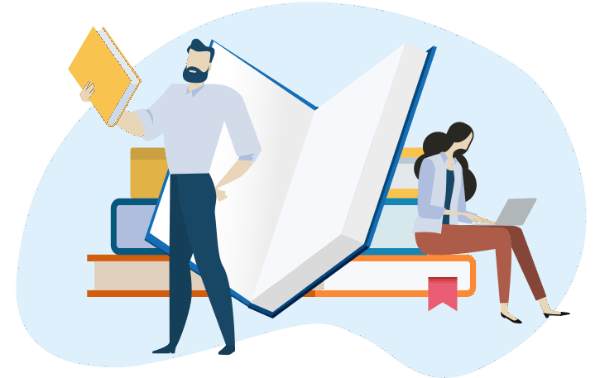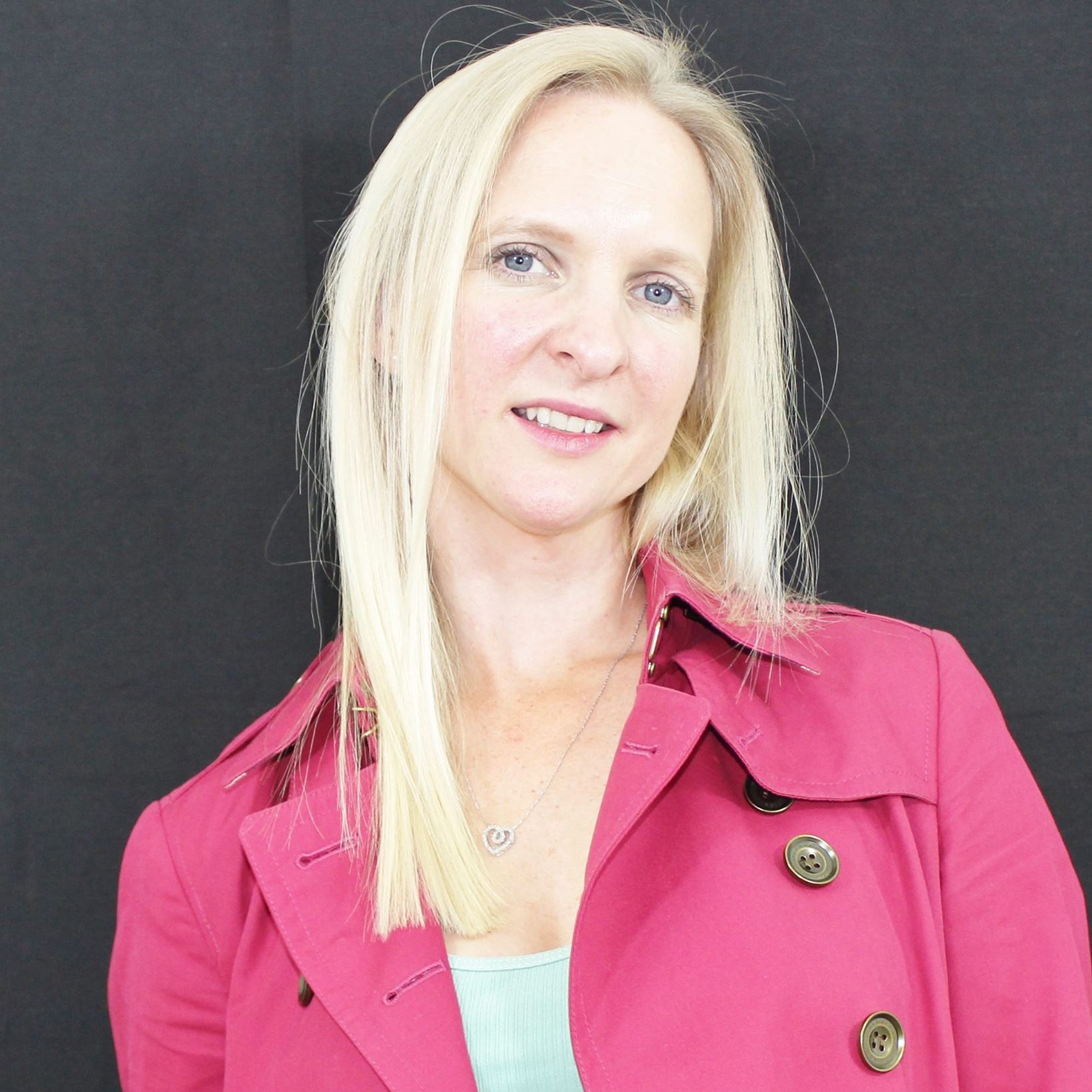
The goal of this ESL lesson is to introduce students to complex sentences such as defining and non-defining relative clauses. Moreover, students will practice language related to science, technology, and innovations. New skills will be introduced via speaking exercises.
Quiz
The lesson starts with a quiz about inventions. The student’s task is to decide whether each invention was created by a man or a woman.
Reading: Father of the computer
The student reads a short text about the inventor of the first computer and identifies relative clauses in the text.
Grammar: Relative clauses
Two types of relative clauses are explained: defining and non-defining. Relative pronouns are presented in a table.
The student puts their knowledge into practice by matching clauses to form a sentence. Then, they fill in the gaps using the appropriate relative clause.
Reading: Lecture transcript about scientific developments
The student reads a lecture transcript about scientific developments and does the reading comprehension exercises that follow.
New words are extracted from the text for the student to match them with their meanings.
Reading: Inventions
The student reads descriptions of inventions and answers the reading comprehension questions.
This is followed by an exercise in which the student matches inventions (4d movies, pesticides, surgery, etc.) with the fields they are used in.
Video: Top 10 inventions of all time
The student watches a video about the top 10 inventions of all time and answers the questions that follow. Video comprehension is followed by a discussion based on the video.
Finally, the student matches 21st-century inventions with the correct industries.

The Mutiny of the Machines
This C2 ESL lesson explores the complex risks and challenges of…

The AI Wake-Up Call
This C2 reading practice lesson takes students through a complete exploration…

Will robots replace us?
In this Upper-Intermediate lesson plan students will explore the social impact…


